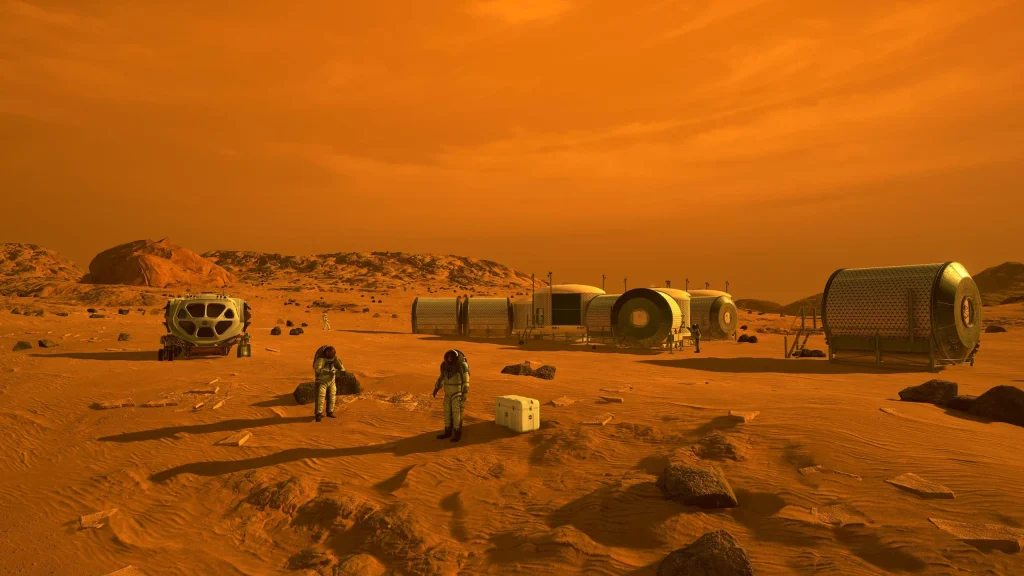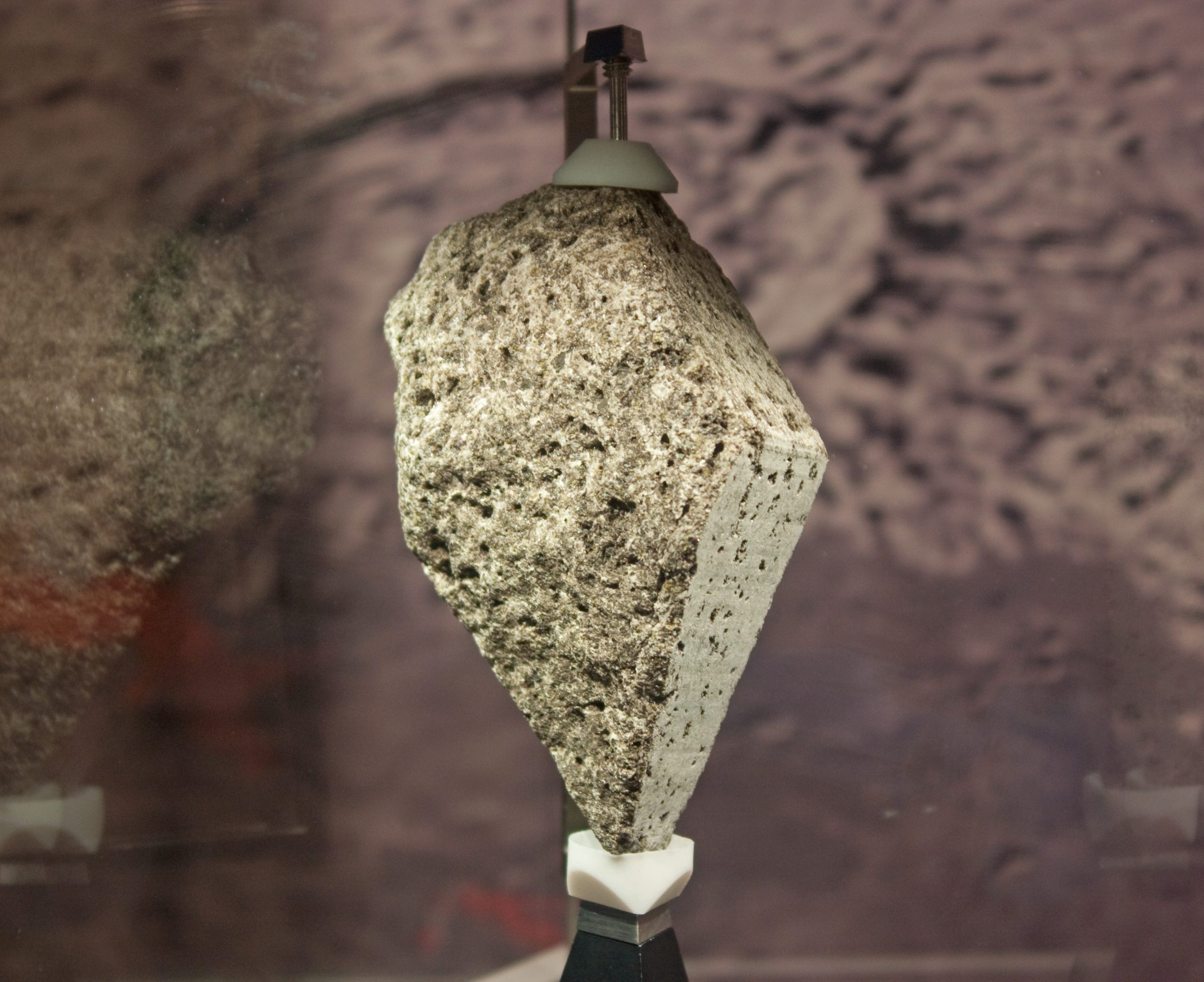For centuries, humans have gazed at Mars and wondered: Could life exist on the Red Planet? While telescopes and orbiters have provided invaluable insights, it is geology that plays a crucial role in unraveling this mystery. NASA’s search for extraterrestrial life hinges on understanding the planet’s rocks, minerals, and landscapes. By studying Martian geology, scientists can piece together the planet’s past and determine whether it once had the right conditions to support life.
Why Geology Matters in the Search for Life
Life, as we know it, requires water, energy, and essential chemical elements. Since Mars is currently a cold and arid desert, scientists look for geological evidence of its wetter, warmer past. Rocks and minerals can preserve records of ancient water activity, climatic shifts, and even potential microbial life. By analyzing these clues, NASA can assess whether Mars ever had environments suitable for life. https://www.gov.uk/government/news/was-there-life-on-mars-uk-scientists-play-key-part-in-nasa-mission-to-red-planet
Key Geological Factors in NASA’s Search:
- Evidence of past water: Riverbeds, deltas, and lake deposits
- Mineral composition: Presence of clay, carbonates, and sulfates
- Volcanic activity: Potential heat sources for sustaining life
- Sedimentary layers: Indicators of changing environmental conditions
NASA’s Robotic Geologists: Rovers and Landers
To explore the Martian surface, NASA has deployed a fleet of robotic explorers. Each mission is designed to investigate different aspects of the planet’s geology and potential habitability.
1. Curiosity Rover (2012 – Present)
Curiosity landed in Gale Crater, an ancient basin believed to have once held a lake. Equipped with a sophisticated laboratory, it drills into Martian rocks to analyze their chemical composition. Scientists have found clay minerals and organic molecules, suggesting that Mars once had conditions suitable for microbial life.
🔹 Key Discovery: Evidence of an ancient freshwater lake, providing a potentially habitable environment.
2. Perseverance Rover (2021 – Present)
Perseverance, currently exploring Jezero Crater, is on a quest to find signs of ancient life. This region was once home to a river delta, where sediments may have preserved biosignatures. The rover is also collecting rock samples to be returned to Earth in a future mission.
🔹 Key Discovery: Confirmation of a rich variety of minerals linked to past water activity, increasing the chances of finding preserved organic matter.
3. Spirit and Opportunity Rovers (2004 – 2019)
These twin rovers revolutionized our understanding of Mars’ geology. Opportunity discovered hematite “blueberries,” iron-rich spheres that likely formed in water. Spirit found evidence of ancient hot springs, hinting at past geothermal activity.
🔹 Key Discovery: Widespread signs of past water alteration in Martian rocks.
The Role of Martian Meteorites
While rovers analyze Mars in situ, some pieces of the planet have made their way to Earth. Martian meteorites, ejected from the planet’s surface by impacts, provide a unique opportunity to study its geology up close.
🔬 Key Findings from Martian Meteorites:
- Evidence of past liquid water
- Organic molecules
- Possible fossilized microbial structures (controversial)
These findings reinforce the idea that Mars was once more Earth-like, with conditions potentially favorable for life.
The Importance of Ancient Lakebeds and River Deltas
One of NASA’s primary strategies in searching for life is targeting ancient lakebeds and river deltas. On Earth, such environments are teeming with microbial life, and their sedimentary layers act as time capsules, preserving organic matter for billions of years. Water on Other Planets: What Space Geology Tells Us About Life Beyond Earth – GIS Valley
🌊 Why Lakes and Deltas Matter:
- They collect and concentrate organic materials.
- Fine-grained sediments can protect biosignatures from radiation.
- Similar environments on Earth have preserved ancient microbial life.
Mars’ Volcanic Past and Its Role in Habitability
Volcanic activity plays a crucial role in shaping planetary environments. On Mars, ancient volcanoes may have created temporary warm, wet conditions suitable for life. Hydrothermal vents, common in Earth’s deep oceans, are prime locations for extremophile life forms. If similar vents existed on Mars, they could have provided energy sources for microbes.
🌋 Volcanic Clues NASA Looks For:
- Lava tubes that could have sheltered life from harsh surface conditions
- Signs of hydrothermal activity, such as sulfur deposits
- Volcanic minerals that interact with water to form clays
Future Missions and the Quest for Martian Life
NASA’s search for life on Mars is far from over. Several upcoming missions aim to deepen our understanding of the planet’s geology and its potential for harboring life.
🚀 Mars Sample Return Mission (2030s)
- Perseverance is collecting rock samples that will eventually be returned to Earth.
- Scientists will analyze them in cutting-edge laboratories, searching for definitive biosignatures.
🛰 Europa Clipper & Titan Dragonfly
- While not Mars missions, these upcoming explorations of other solar system bodies will refine techniques for detecting life, which could later be applied to Mars exploration.
Conclusion: The Geological Key to Unlocking Mars’ Secrets

NASA’s search for life on Mars is, at its core, a geological investigation. By studying the planet’s rocks, minerals, and landscapes, scientists can reconstruct its history and determine if it ever hosted life. From ancient lakebeds to volcanic vents, every geological feature offers a clue in this cosmic puzzle.
As new missions push the boundaries of exploration, the dream of discovering life beyond Earth inches closer to reality. If Mars ever harbored life, geology will be the key to proving it.
Tags: Mars exploration, NASA Mars missions, Mars geology, search for life on Mars, Mars rovers, Martian meteorites, planetary science, ancient water on Mars, Jezero Crater, Curiosity rover, Perseverance rover, Mars Sample Return, extraterrestrial life, astrobiology, space exploration


